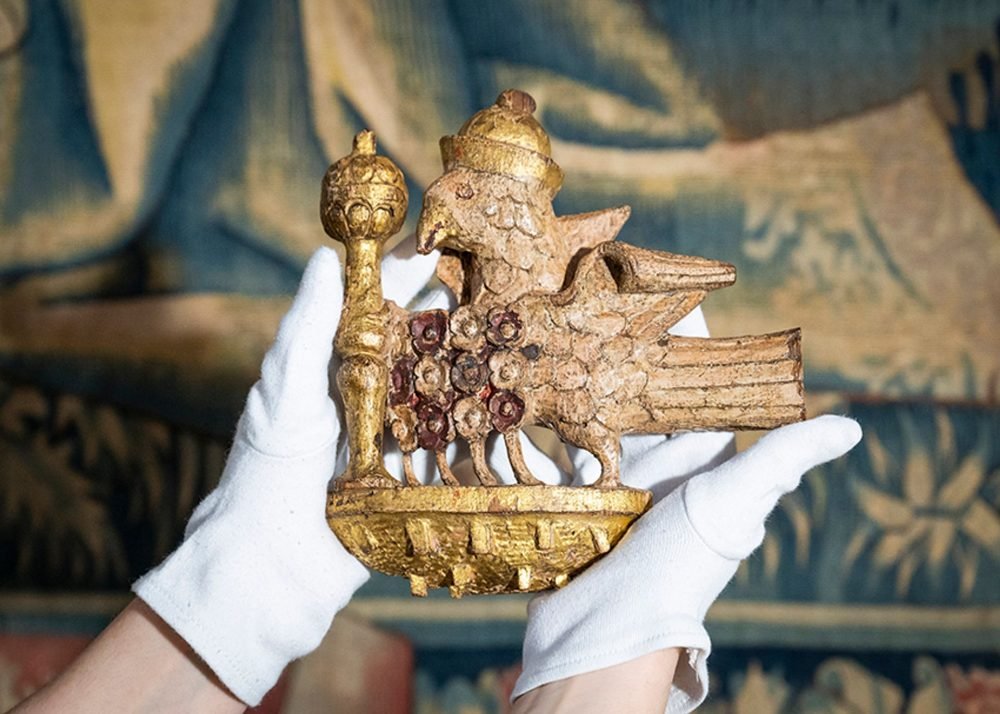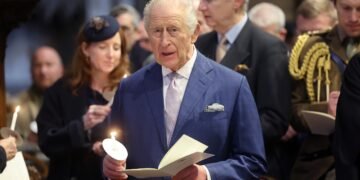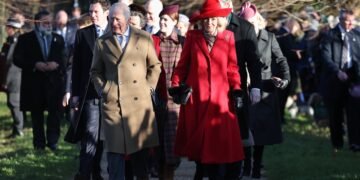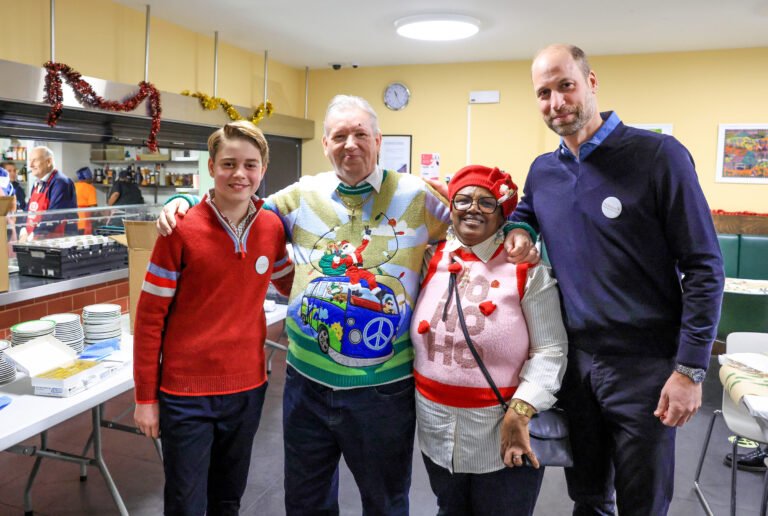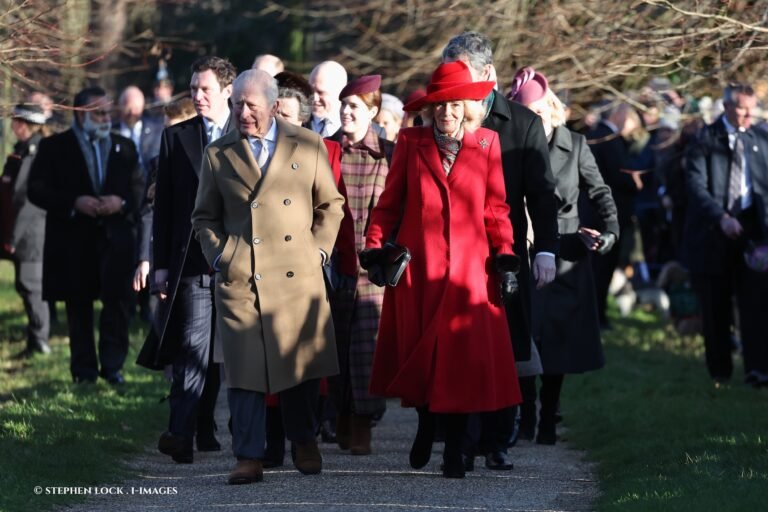An original heraldic decoration, thought to have been created for Anne Boleyn, has been put on display at Hampton Court Palace, after being purchased at auction for just £75.
The carved device is now on display to coincide with the 500th anniversary of the day Henry VIII and Anne first met, during a court masque where she portrayed Perseverance.
The falcon can be seen in the Great Hall at Hampton Court, which is where experts suspect it was originally displayed.

The white and gold bird is crowned, and clutching a sceptre as it perches on top of Tudor roses. The white falcon was Anne Boleyn’s heraldic symbol, or device, adopted around the time she was created Marquess of Pembroke (September 1532) before her marriage. Following her marital promotion to Queen, the falcon was upgraded, adding the crown and sceptre.

This symbol has been read as symbolising the fertility of the new Queen at the time of her marriage, and Anne’s aspiration to wear the imperial crown which Henry offered at the time of his break with the Catholic Church in 1532.
A closer look at the original accounts of the Tudor Great Hall shows an ‘incredible likeness in both size and design’ to the 43 surviving falcon badges of the frieze, HRP explains. These were crafted by Thomas Joyner, who was paid £5 4s 2d for 250 ‘of the King’s and Queens badges’, which were displayed on the ceiling and above the windows.
Antiques dealer Paul Fitzsimmons, of Marhamchurch Antiques in Buckfastleigh, is an expert on early English oak. He saw the item at auction in 2019, and had a hunch about the item’s provenance. Purchasing the carving for £75, he then got in touch with Historic Royal Palaces. He has now given it on long-term loan to Hampton Court for display.
He said he bought it in an auction because, ‘I knew it had something’ and it was a ‘wonderful find’.
Anne Boleyn’s Book of Hours reveals secret history of loyalty after her death
The bird has been given a clean, revealing its original colours under layers of black paint, plus centuries of wax and soot. It is understood that craftsmen were employed after Anne Boleyn’s execution as the King remarried, to update the palace’s design. This included removing and painting over references to the executed Queen.
Tracy Borman, co-chief Curator at HRP, said: “It is possible that it was kept by a supporter of Anne and preserved for posterity, but we will probably never know for sure.”

Sebastian Edwards, Deputy Chief Curator at Historic Royal Palaces, said: “Ever since my colleague Tracy Borman first flagged the carved falcon badge as a discovery meriting further investigation, it’s been a tantalising historic ‘what if?’.
“While we won’t be able to say for certain whether it was originally created for Hampton Court’s Great Hall until the next time we erect a roof-height scaffold and compare it with those still in situ – which might not be for some years – the evidence that has emerged during our research lends great weight to the theory, particularly with there being one falcon less than we’d expect in the surviving decorative scheme!” he commented.
“Either way, this is an incredibly rare example of Tudor royal ornamentation, imbued with the legend of Henry’s most famous Queen, which I hope will provide visitors to Hampton Court with a small taste of the jaw-dropping magnificence of the palace during the Tudor period.”

